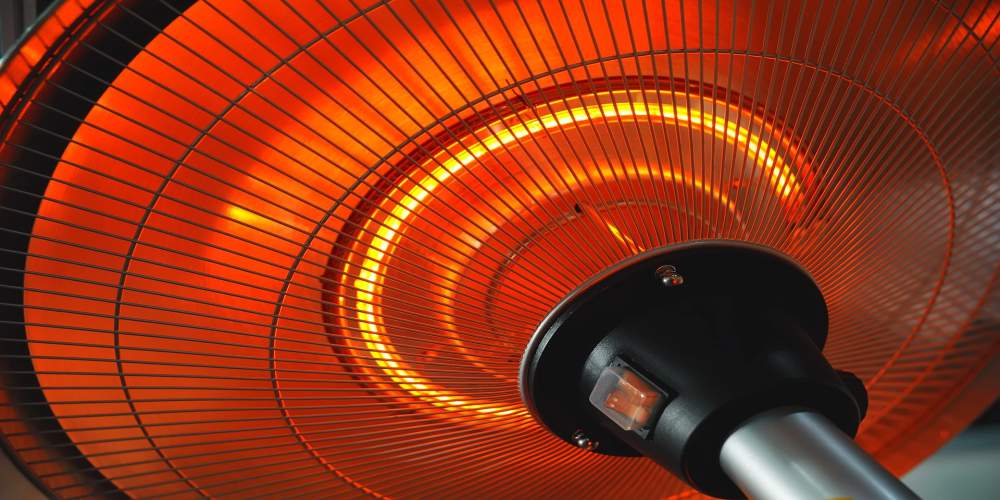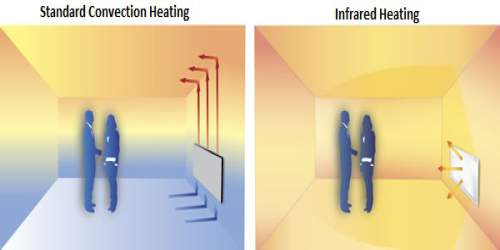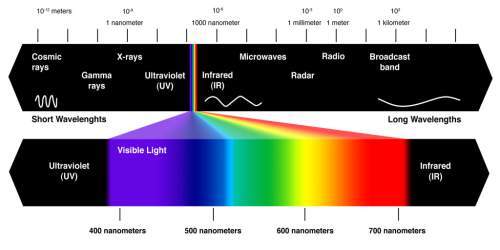Read Time : 2 Minutes
History of Infrared Heating Panels
Many of us are now beginning to consider introducing infrared into our lives as new, highly efficient heating panels have been developed that can cut the costs and, perhaps just as importantly, blend in with the surroundings. Whilst we have worked hard these last ten to twenty years to insulate and warm our homes and offices in ever greener ways, most people still don’t realise that there are new options coming up all the time. Most heating systems use a system of convection where, for instance, boilers heat water to be transported around a building via a network of copper pipes. Infrared radiation works by warming up particular objects such as walls, floors, furniture and even people’s bodies. Go out on a sunny day and put your hand on the pavement and you will feel the warmth. This is infrared heat.
Heat of the Body
The notion of infrared heat as a potential healer has been around for centuries and still is today. The body, including the palms of our hands, produces infrared heat and has long been used for soothing spiritual, mental and even physical health. Palm healing was used in China over 3,000 years ago and it gained a certain popularity as a health fix in countries such as Germany during the early part of the last century. In later years we began using new innovations such as infrared lamps to sooth damaged or painful muscles and this has gone on since the early 1980s. More recently, far infrared panels which can be used to heat homes have also been used in places such as saunas because of their beneficial effects on the skin and blood flow.
COMPARE PRICES FROM LOCAL INSTALLERS
Compare prices from local companies fast & free
Enter your postcode to compare quotes from leading professionals. We promise to keep your information Safe & Secure. Privacy Policy
William Herschel
We have astronomer and scientist William Herschel to thank for the discovery and naming of infrared heat. Back in the early 19th Century, the man who discovered Uranus decided to turn his attention to light. By that time we already knew that light from the sun could be separated into its component colours or spectrum using a simple glass device called a prism. Herschel took this a little further when, whilst he was studying sun spots, he noticed that using a red filter on his telescope caused an increase in heat. Thus it was that he discovered an invisible light that he later called infrared as he thought that it was something which was ‘below the red light’. Today we use its properties in a number of ways from new heating technology, infrared imaging and scientific study such as meteorology.
World War II
Infrared heating wasn’t seriously thought about until the start of World War II when it was used for things such as drying paint and heating metals in factory production processes. Although the power intensities were quite low compared to today’s technology, they proved to be very successful. Previous to this, manufacturers had used fuel convection ovens which were far more expensive at a time when everyone had to make the most of materials. The use of infrared during the war years was continued afterwards and went onto revolutionise many of our manufacturing processes.
First Infrared heaters
The first infrared heaters tended to use what is called near infrared, the radiation that is closest to red on the light spectrum. This has the potential to carry a large amount of heat, as many people who have stood too close to a bar fire will be able to testify. Whilst many people started to use these in the late sixties and seventies to replace coal fires, they were more often seen in workshops and factories. They saw a slight decline in production when people started to move towards central heating systems but have recently seen a strong revival.
Far infrared heaters
With the development of new green technologies in the late 20th Century and early 21st, more effort was put into developing heating via the far infrared spectrum that produces a lower level of warmth compared to the orange glow of the usual near infrared heaters we had become used to. These also have the benefit of being flexible in design which means they can more readily fit into the décor of any home or office, for instance, as mirrors or murals or even hanging from the ceiling. More popular across Europe in countries such as Germany and Norway, infrared panels are now beginning to become a part of our lives in the UK as people begin to see their benefits. Find out more about the benefits of infrared heating panels.
Find a local installer
Welcome to the biggest directory of UK renewable energy companies





 Different uses and types of Infrared Heating Panels
Different uses and types of Infrared Heating Panels




